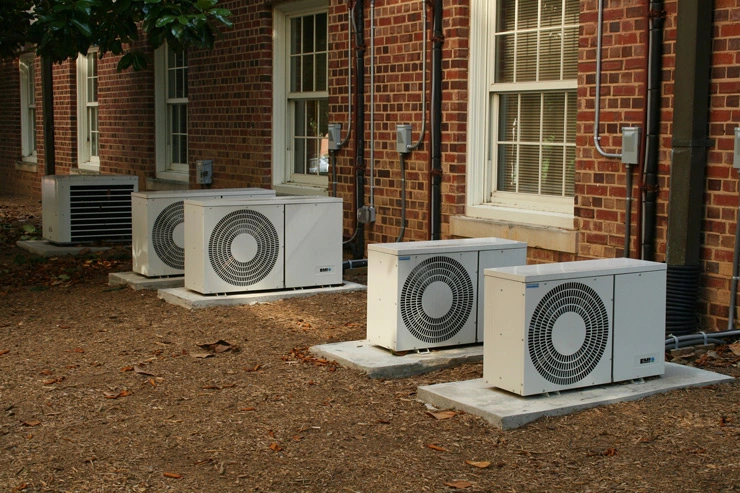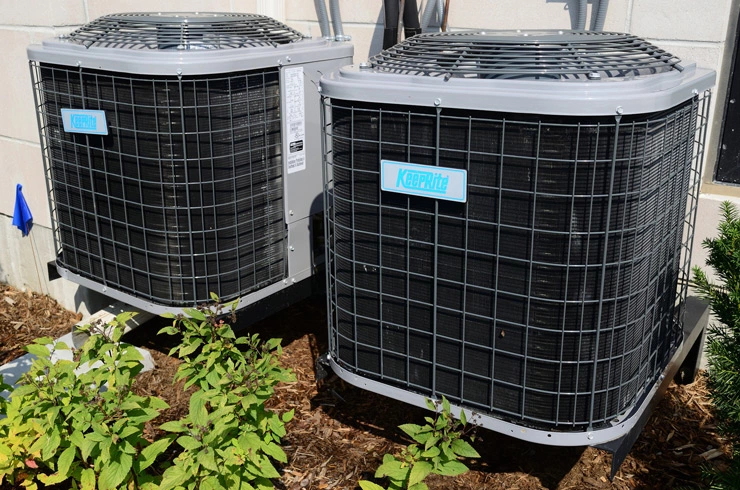HVAC systems have various tasks to perform from providing heat in winter to making the atmosphere cool on hot summer days.
The other major task of an HVAC system is to move air so that it can reach every part of the room while allowing the system to perform its former tasks in a rapid and efficient manner. This is the reason that “HVAC” includes ‘V’ in its acronym which solely stands for “Ventilation”.
The airflow is measured by the CFM (Cubic Feet per Minute) unit and this HVAC CFM calculation is essential to determine the perfect size of an HVAC system that is best suitable for the building or any area.
Why is calculating HVAC CFM important

You may ask why calculating HVAC CFM is important as you can install an HVAC system according to some mere assumptions and predictions. Well, these predictions and assumptions can sometimes get you in trouble when you will feel that all of your money as well efforts have been ruined because of one simple ignorance of not calculating CFM.
Calculating CFM will give you exact measurements of the airflow required to make your room temperature a bit hot or cold. Installing a small system as compared to room requirements will not be able to provide necessary heat or cooling or may take too long to reach the required level.
Just like that, an extra-large HVAC system will trip more often as the required temperature will be achieved rapidly. Both of these conditions will disturb your comfort at one place while contributing to one other common thing and that is, increase in utility bills due to energy wastage.
How to calculate the CFM of an HVAC system

There are various ways of calculating the airflow in cubic feet per minute but some of them are most popular and effective as well.
To calculate the CFM, you can either make a basis of the size and frequency of the air at which it will be moved in the room or you can simply go with the power of an HVAC system.
The latter is usually measured in tons along with the volume of the area in which the air will be ventilated. Below are the sections that will go through some of the best techniques to calculate an HVAC CFM.
Calculating the CFM required for a space
The time span or number of changes of air varies depending on various conditions where size and activities in the area are major ones. You will get an idea by the fact that the air revolving in a kitchen should be changed every 3 to 4 minutes.
A room that has a generator working or has some tools that emit dangerous fumes and heat will require changing the whole of its air every 2 minutes. As most people install HVAC systems in normal rooms, such rooms also require air to be exchanged after 10 minutes.
Although the time span for a room is a bit long, it still requires airflow to keep pace with the required frequency. You just have to divide the total volume of the room with the frequency, number, or interval of air exchange required in that room.
Start by calculating the volume of the space which can easily be driven by multiplying the length, width, and height of the room in feet. The volume for a 10 by 20 room with 8 feet in height will be as:
Volume = 10 x 20 x 8
Volume = 1600 ft
CFM for a Kitchen of 10 x 20 feet
Now simply divide the value of volume with the number or rate of air exchange needed in the space. So, according to this formula, the CFM for a kitchen will be as:
CFM = Volume / Air Change Rate
CFM = 1600 / 3
CFM = 533 CFM (Cubic Feet per Minute)
CFM for a 10 x 20 feet room with heating equipment
An HVAC system’s CFM for a room or garage with generator, heating tools, welding, or other equipment will be:
CFM = Volume / Air Change Rate
CFM = 1600 / 2
CFM = 800 CFM (Cubic Feet per Minute)
CFM for a 10 x 20 feet normal room
For a normal room, he CFM value with same measurement will be as:
CFM = Volume / Air Change Rate
CFM = 1600 / 10
CFM = 160 CFM (Cubic Feet per Minute)
Calculating HVAC CFM on the basis of system output
As said earlier, calculating CFM is necessary so that you can bring home an HVAC system that can efficiently fulfill your needs. CFM can easily be calculated based on system output. One of the first things is to know the value or output power of your HVAC unit.
The output should be in tons where 1 ton = 12,000 BTUs (British Thermal Units), 2 tons = 24,000 BTUs, and so on. Now you need to take the average airflow or output of the HVAC unit which will be given by multiplying the tons by 400.
Lastly, divide the resultant value with the number of square feet of the space where the system will be installed. The CFM for a 2 tons HVAC unit for an 800 square foot area will be as:
- CFM = Tons x 400 / Square Feet
- CFM = 2 x 400 / Square Feet
- CFM = 800 / 800
- CFM = 1 CFM per Square Foot
How many CFM is best for a 12 by 12 feet room
It is a common or general rule that your HVAC system should produce at least 1 CFM for every square foot of the space. This thing can make the calculation process easy for you as all you need is to multiply the length with the width. For a room of 12 by 12 feet, the area will be (12 x 12 = 144) 144 square feet. So, a system providing 144 CFM will be best suitable for your room.
Determining HVAC CFM by automatic calculators and CFM Charts
You can take a rest as most of the technicians and HVAC system sellers will have well-designed charts and automatic calculators that can make your process easy. All you need is to calculate the area of your room in square feet. You can simply put these values in automatic calculators or CFM charts to get an exact idea of what size HVAC unit is required for your space.
Curious to know how big does an hvac closet need to be or can you use sharkbite on hvac?


